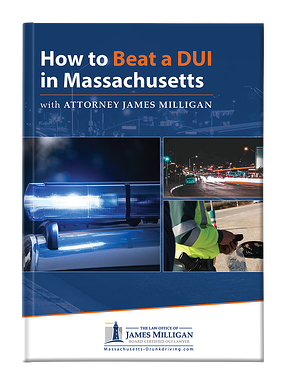The steps to fix a suspended driver’s license may vary depending on the reason for the suspension and the state you live in. However, here are some general steps that may help: 1. Find out the reason for the suspension: The first step is to understand why your license was suspended. You should receive a notification from the DMV with the reason and the duration of the suspension. Some common reasons for a suspended license include unpaid traffic fines, excessive moving violations, DUI or DWI charges, failure to appear in court, or failure to maintain car insurance. 2. Address the issue: Once you know the reason for the suspension, take the necessary steps to address it. For example, if your license was suspended due to unpaid traffic fines, pay them off. If it was suspended for a DUI charge, complete any court-ordered programs or community service. 3. Complete any required programs: Depending on the reason for the suspension, you may be required to complete a driver improvement course, traffic school, or a drug and alcohol program. Make sure to complete these programs and provide proof of completion to the DMV. 4. Contact the DMV: Once you have addressed the issue, contact the DMV to find out what steps you need to take to reinstate your license. You may be required to pay a reinstatement fee and provide proof that the issue has been resolved. 5. Attend a hearing: In some cases, you may be required to attend a hearing before your license can.

